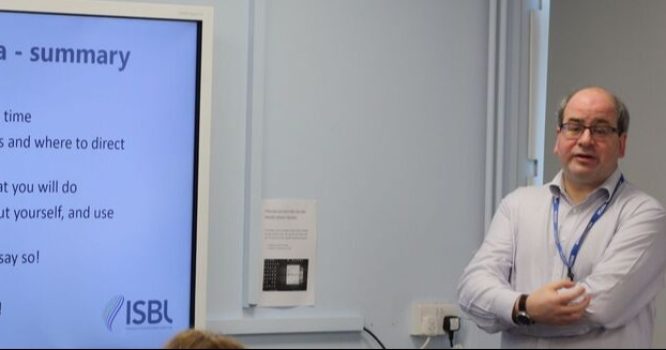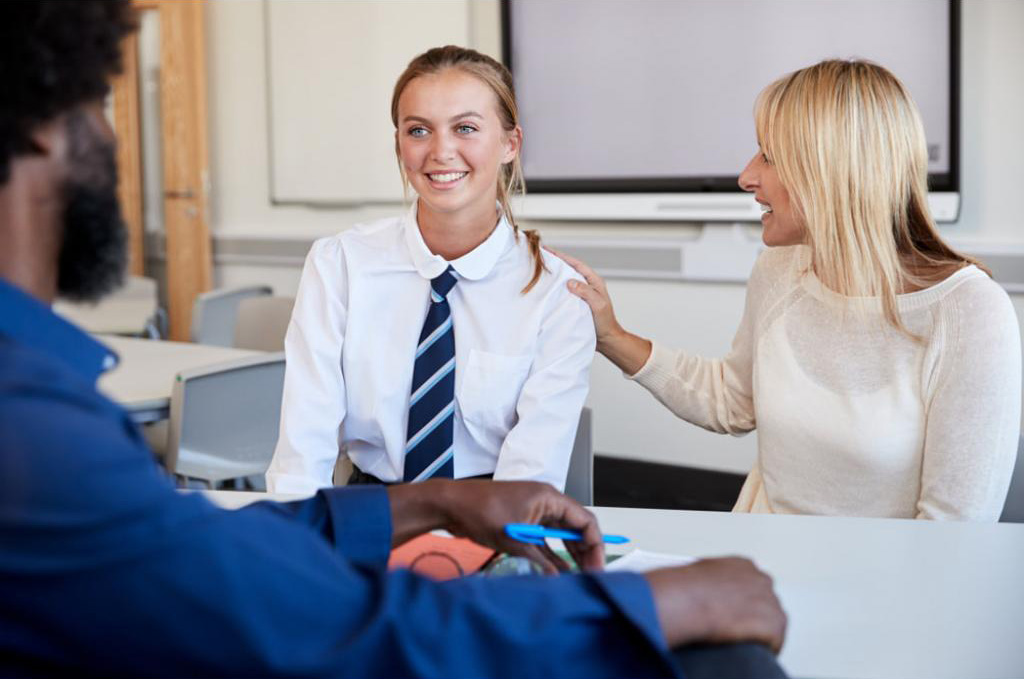But sometimes schools think a school can sell itself – in reality great preparation and organisation is needed to ensure success.
Here are 9 ideas to help…
1. Gather information in advance.
2. Share and use this information
There’s no worse way to start a visit than for the person who meets you not to know your name or why you’re visiting. Brief receptionists and key staff before the visit, not during it. The LinkedIn post below shows how you can really make an impact with a personalised parking space…
3. Make sure the right people are available and that you know where they are
As far as possible tailor visits – make sure that a potential class teacher, or SENCO, or pastoral leader is available at the right time. In a busy school it’s also worth reminding them a couple of times – and checking that they are where you expect them to be just before the visit!
4. Use the school’s best assets – students and their achievements
One of the most important aspects of marketing a school is to back up any ‘promises’ you’ve made with ‘proof’ – stories and facts. For a visitor this should involve meeting students and hearing their stories. If the visit is out of school hours, you can tell stories about your pupils.
5. Plan a bespoke route – you don’t have to go to the same places (or everywhere) everytime
Just as you’d tailor who a visitor meets, think carefully about where they need to do. Make sure to cover their interests (music, sport, drama, the Sixth Form Common Room) but you don’t need to go too far!
6. Check for any areas that you might want visitors to avoid….
Schools are dynamic places and some rooms and corridors might not always be great for visitors – for example at lesson changeover or lunchtime. Tell staff where and when a visit is taking place – and if there’s a suggestion that a particular area might not be appropriate on that day, avoid it!
7. ….but also find areas they can be involved in!
As well as avoiding some areas, if you know things are happening around the school that fit with their interests ask if they can be involved – using Science or Technology equipment, listing in to a visiting speaker, watching a Drama rehearsal.
8. Ask them how things went – don’t assume they’re happy
Visitors to schools can often be slightly intimidated by the setting and reluctant to give anything but positive feedback. Make sure that you give them the chance to ask questions – a paper or table questionnaire at the end is also a good way of surfacing any concerns.
9. Follow up visits
However positively a visitor leaves your school, they could be off to visit 2 or 3 more in the next couple of days and might not make a decision for a couple of weeks. A personal letter or email reminding them of your key strengths, a telephone call, or a copy of your latest newsletter can all help ‘seal the deal’. And also encourage them to follow your social media feeds!
Click here to read the original article posted by Simon Hepburn on Marketing Advice for Schools on Mar 2, 2020.




![[WEBINAR] A Conversation About Enrolment Strategies](https://www.schoolhouse.agency/wp-content/uploads/2021/08/WEBINAR-A-Conversation-About-Enrolment-Strategies-1024x614.jpg)

